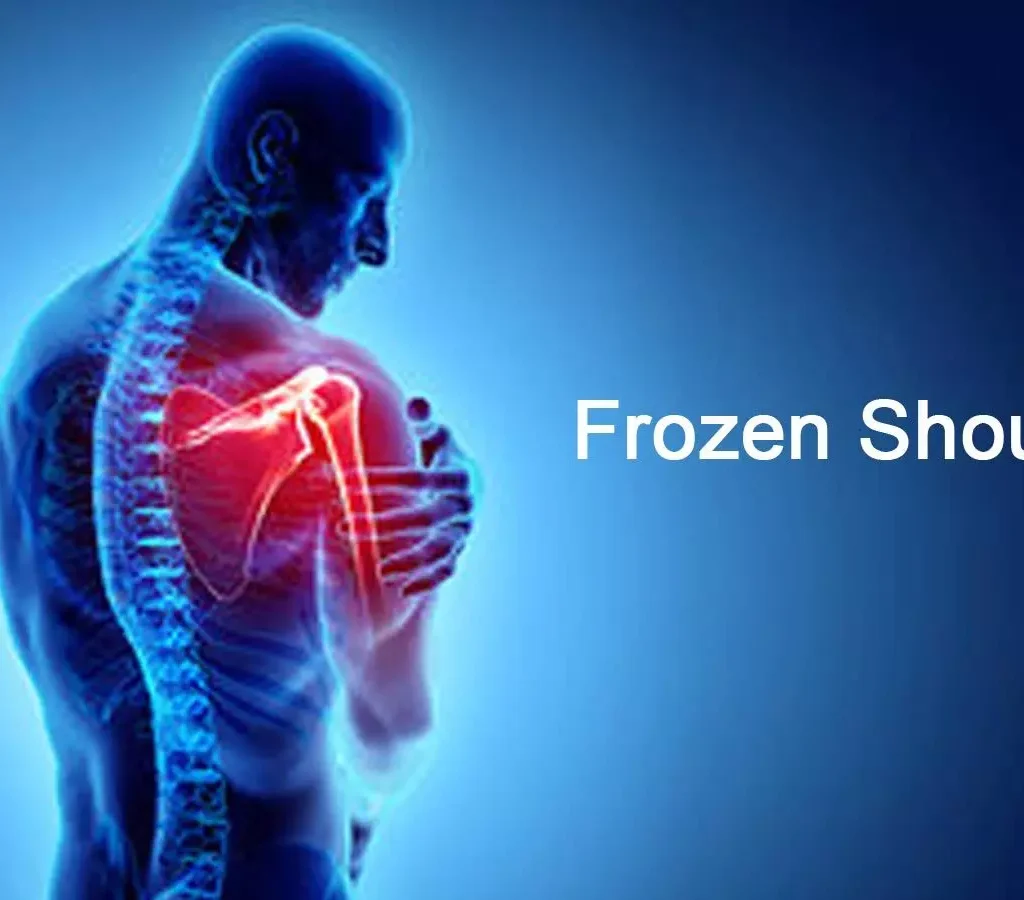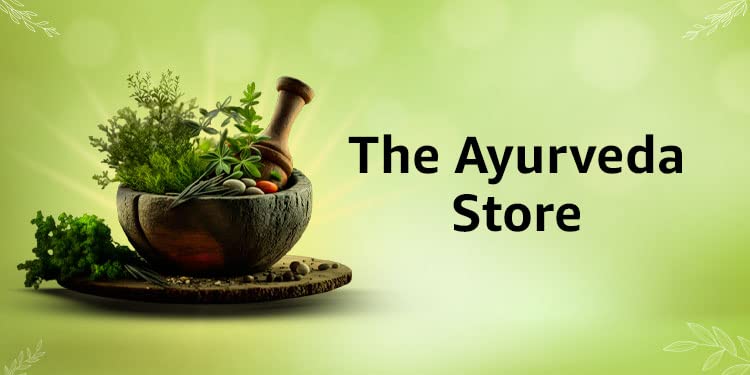Frozen Shoulder – Modern and Ayurvedic Approach to Unlocking the Stiffness
I have been working in pain care for the past three years, and one of the most common and frustrating problems I see in my patients is frozen shoulder. People come to me saying, “Doctor, I can’t even comb my hair… I can’t reach behind to put on my shirt… and the pain doesn’t let me sleep at night.”I understand how life-changing this condition can be because it’s not just about pain; it’s about losing your freedom of movement. In this article, I want to share everything I have learned about frozen shoulder – how to identify it, why it happens, and what you can do to manage it naturally and scientifically. What Exactly is Frozen Shoulder? Frozen shoulder, which we also call adhesive capsulitis, is when your shoulder joint slowly becomes stiff and painful, and then you find it almost impossible to move your arm freely. It usually affects people between the ages of 40 and 60 and is especially common if you have diabetes, thyroid issues, or if you had your shoulder immobilized after an injury or surgery. When you have frozen shoulder, it feels like the joint is “locked” inside. This happens because the capsule of the shoulder (which is like a flexible cover holding the joint) becomes inflamed and thick, causing pain and limited movement. From my Ayurvedic background, I see frozen shoulder as a clear Vata imbalance. Vata governs movement in our body, and when it becomes disturbed, it causes stiffness (Stambha), pain (Shoola), and dryness (Rukshata) in the joints. Ayurveda calls the shoulder joint Amsa Sandhi, and frozen shoulder is often due to blockage and irritation there. Why Does Frozen Shoulder Happen? In my practice, I commonly see these patterns: How Does Frozen Shoulder Progress? (Stages) I always explain to my patients that frozen shoulder is not a sudden problem; it has phases: Without treatment, the whole cycle can last 1–2 years, which is why I always tell my patients: “Start treatment early, don’t wait for it to heal by itself.” Note for Non-Medical Readers” If you are reading this article for personal understanding and are not interested in the detailed medical aspects like anatomy and physiology, you can skip directly to the Diagnosis Section. The anatomical and physiological details are included for medical students and professionals who want in-depth knowledge. For practical home understanding, jump ahead where we start with how to recognize frozen shoulder and what to do about it.” Shoulder Joint Anatomy & Physiology 1. Bones and Joint Structure The shoulder joint, also called the glenohumeral joint, is a ball-and-socket joint formed by: Because the socket is shallow, the shoulder allows a wide range of motion but is less stable compared to other joints. 2. Supporting Structures Joint Capsule: Ligaments: Labrum: Rotator Cuff Muscles: Bursae: 3. Nerve Supply 4. Blood Supply Shoulder Joint Physiology (Normal) The shoulder joint is designed for maximum mobility: This mobility comes from: Changes in Frozen Shoulder (Abnormal Anatomy & Physiology) Ayurvedic Correlation of Anatomy & Physiology Key Clinical Correlation How I Diagnose Frozen Shoulder When someone visits me, the first thing I check is whether the stiffness is in both active (when they move by themselves) and passive (when I move their arm) movements. In frozen shoulder, both are limited. This is different from rotator cuff injuries where passive movement is usually free. I also rule out neck-related nerve pain (cervical radiculopathy) because many people confuse shoulder pain from the neck with frozen shoulder. If pain is radiating down the arm with tingling, I know it’s likely coming from the neck. How Modern Medicine Treats It Modern medicine mainly focuses on reducing pain and improving mobility: Physiotherapy plays a huge role, and I always encourage people to stick to it even if it feels uncomfortable in the beginning. How Ayurveda Sees and Treats It (My Core Experience) In Ayurveda, frozen shoulder is mainly a Vata disorder. The best results I have seen are when we combine external therapies with internal medicines and lifestyle changes. Internal Medicines I often prescribe classical Ayurvedic formulations like Rasnasaptaka Kashaya, Dashamoola Kwatha, and Yogaraja Guggulu because they reduce stiffness and improve joint mobility. In chronic cases, medicines that lubricate and nourish the joints (like Ashwagandha and Bala) are helpful. External Therapies This is where Ayurveda shines: Marma Therapy Stimulating points around the shoulder and upper back (like Amsa Marma and Kakshadhara Marma) helps restore movement and reduce pain significantly. Many of my patients report immediate lightness after these sessions. Exercises and Yoga I Recommend Movement is key. Even when the shoulder is stiff, I advise gentle, pain-free exercises: Diet and Lifestyle From my experience, diet changes make a difference too: My Simple Home Routine for Frozen Shoulder For those who cannot visit a clinic immediately, I usually recommend: Results I’ve Seen in My Practice Most patients start feeling better within 2–3 weeks of combined therapy (Ayurveda + physiotherapy + home care). Within 2–3 months, many regain most of their movement. The fastest recovery I saw was in a 52-year-old diabetic woman who could barely lift her arm; with 2 weeks of therapies and home exercises, her pain reduced by 70%, and she could do most of her daily tasks again. Final Thoughts Frozen shoulder can be frustrating and emotionally draining, but you don’t have to live with it for years. Early diagnosis, integrative treatment, and home care can bring back mobility much faster. Whether you choose modern therapy, Ayurveda, or (like I recommend) a combination of both, the key is to start early and stay consistent. I hope this article gives you clarity and confidence to handle frozen shoulder, whether you are a healthcare professional, a student, or someone personally dealing with it. Healing is possible, and your shoulder can move again – step by step, day by day. References Read our Other articles Pain: A New Way to Understand It COVID-19, Data Suppression, and the Rise of Integrative Health: Rebuilding Trust in Global Systems India’s Ancient Science, Global Validation:









